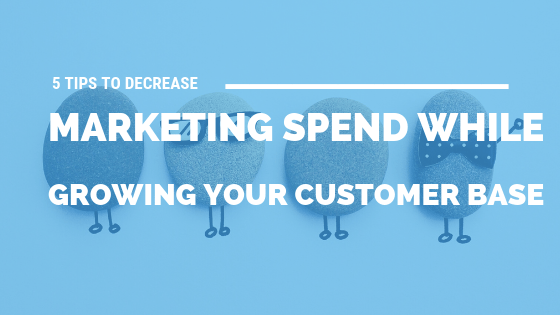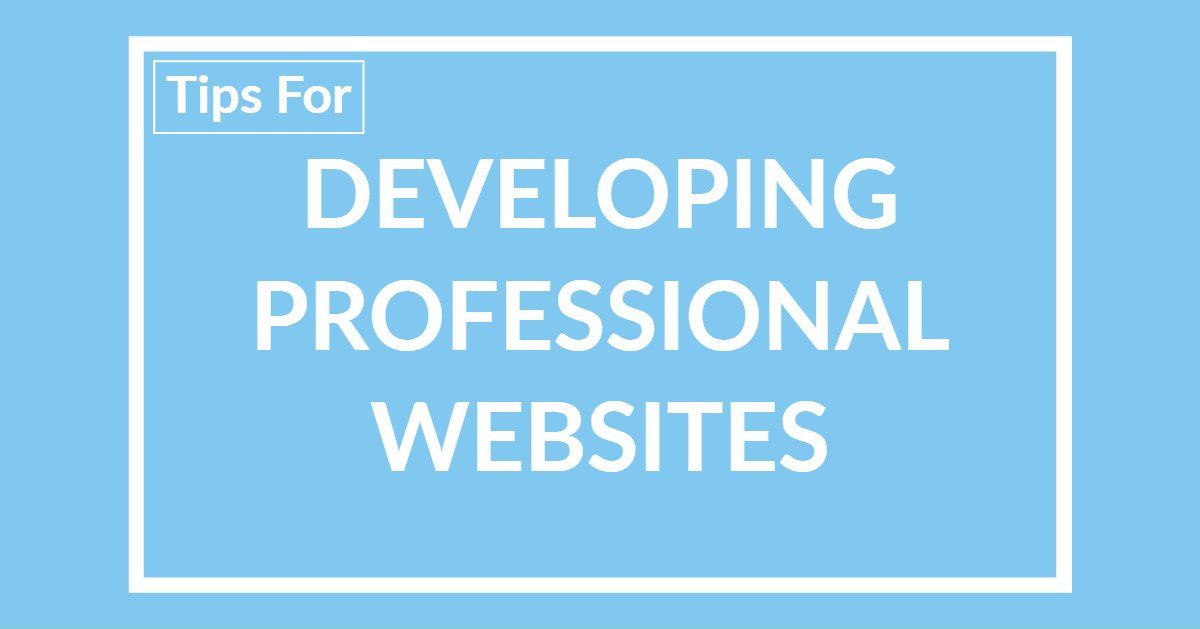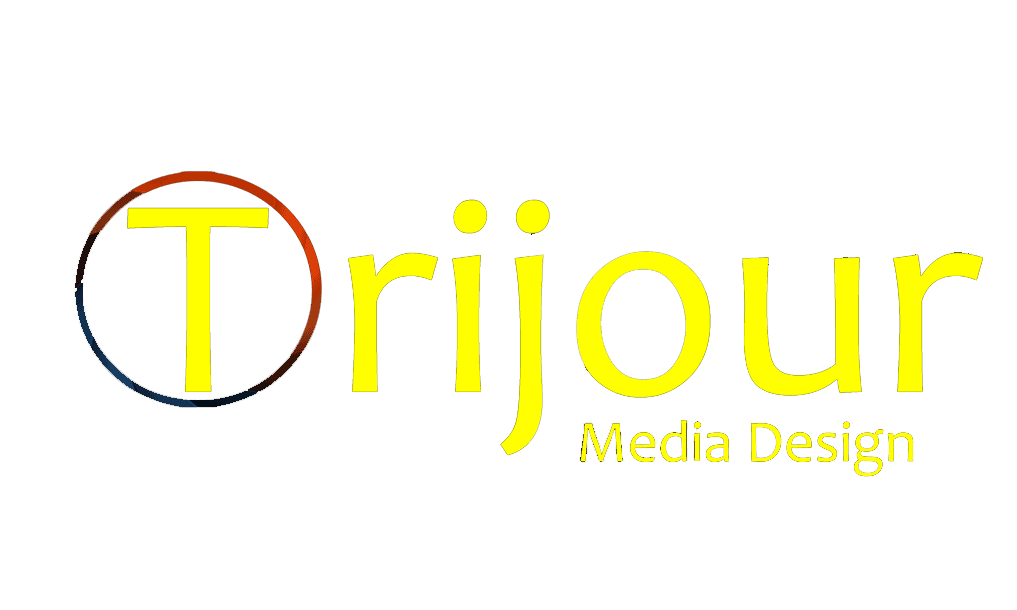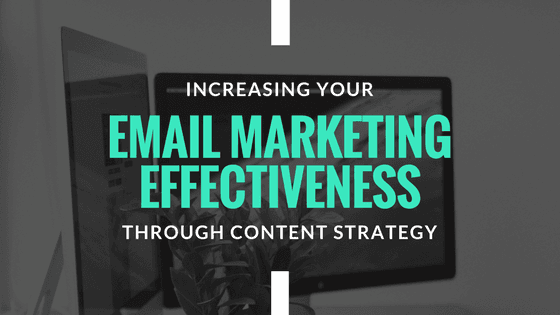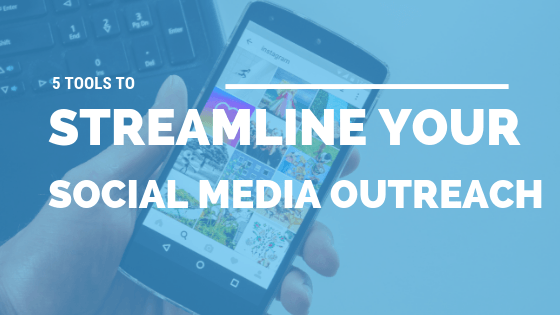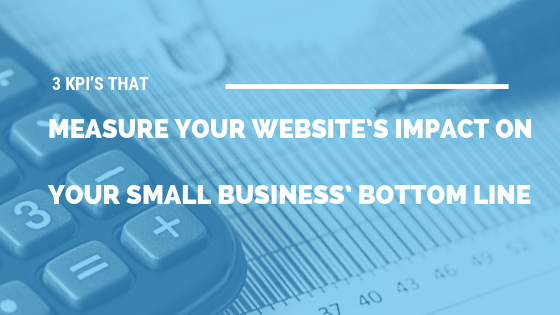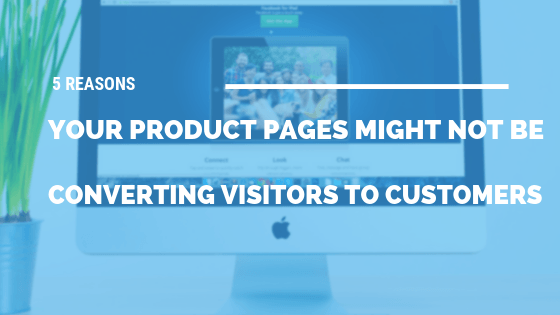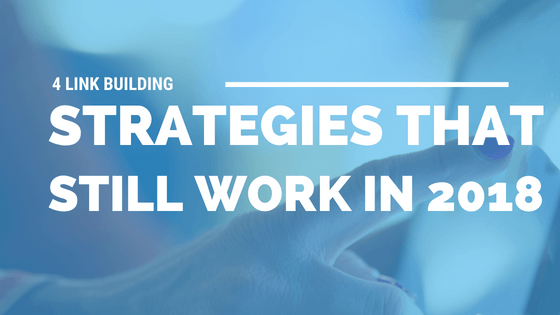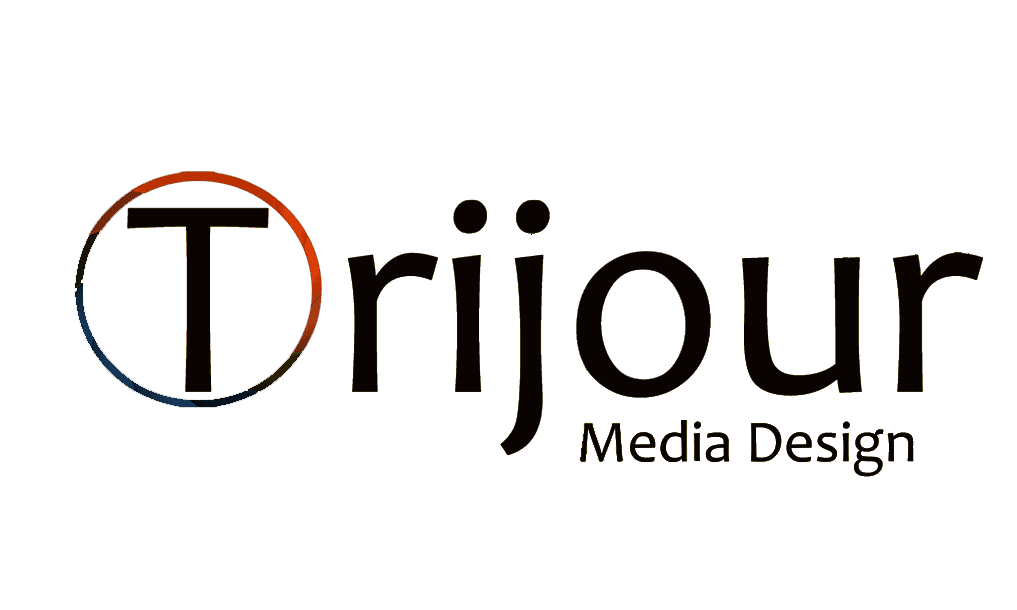Increasing Your Email Marketing Effectiveness Through Content Strategy
Going beyond simple email blasts
Email marketing is obviously an effective method of
spreading the word about your business, but it’s also surprisingly deep, going
beyond simple email blasts about product
launches or reaching out to former customers. The number of variables at play,
and the amount of tweaking you can do, has lead to an explosion in software tools for
email marketing. Clearly, there’s a demand for information on how to make your
emails hit their target. But you don’t necessarily need to invest in a costly
software package to maximize your marketing potential. Having a strategy behind
how you create and dispatch your content is one key to making your campaigns
count. Here are a couple things you can do today, with no new software
required, to make your email marketing as effective as possible.
Segment Your Audience.
You should know who your emails are for. What’s your audience? What information is most relevant to them? And what are they most likely to click on, and follow through with? For most companies, their audience isn’t a monolith, and so sending out the exact same message to every single subscriber is a waste of time (and a ticket to losing subscribers quickly). Breaking down your email list into segments can make sure you’re not filling people’s inboxes with irrelevant information-customers in Iceland don’t need to know your Connecticut-based company is having a get-together this weekend, and the men on your list aren’t interested in promotions targeted at women. Segment your list by demographics and locations, and organize your content so that your emails are targeted to the people they’re being sent to, and you’ll retain subscribers while boosting click-throughs- after all, people love a personal touch.
Tell A Story.
One aspect of email marketing that goes overlooked is the potential for your emails to generate genuine interest as a narrative, rather than a means to a click-through. In the long run, content that keeps the people on your list invested in reading forms a stronger bond between the consumer and the company. One way to strengthen that bond is by sending emails that have to be read in order; a chronological story, if you will. Step-by-step guides work that way; the reader gets hooked by the introduction, and they can’t skip a step if they’d like to complete the task at hand. So do well-written and interesting updates on the company’s activities; if you can grab the reader’s attention with the promise of a payoff at the end (in the form of a new product announcement) you can get them to follow along with the product’s development, making them much more invested and likely to make a purchase when the details are unveiled.
Make the Call.
A call-to-action is the single most important part of an email campaign; it’s what you want the reader to do as a result of reading the email, and it doesn’t matter if 100% of your readers open the email if they don’t know what’s being asked of them once they read it. That’s why it’s best not to bury the lede: make it clear what you’re asking the reader to do with a bold, clear call to action within the first paragraph of your email. If you can embed a link there, that’s a great way to hook the reader right at the beginning, and you can always include more information after the call to action for your readers who need to be sweet-talked a bit more.
Keep It Short.
Nobody likes reading long emails. Be concise. That is all.
